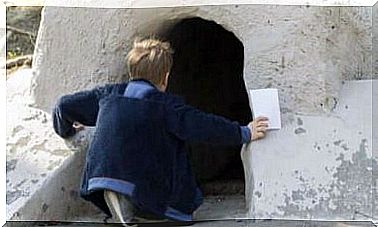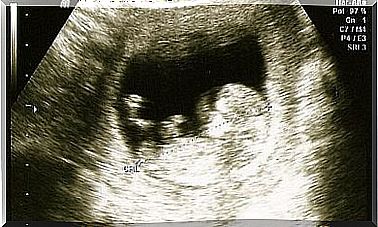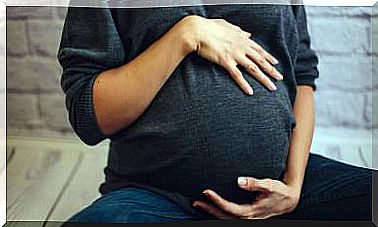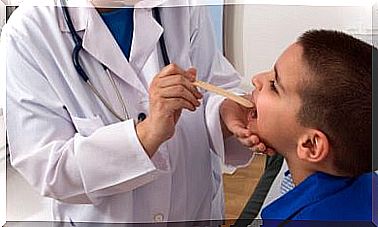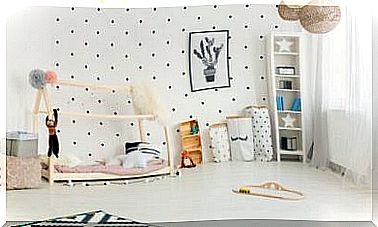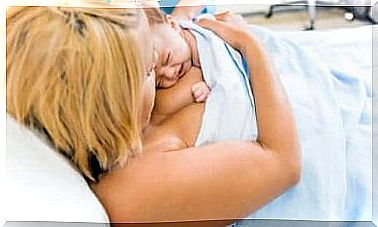Test To Evaluate Your Baby’s Motor Skills
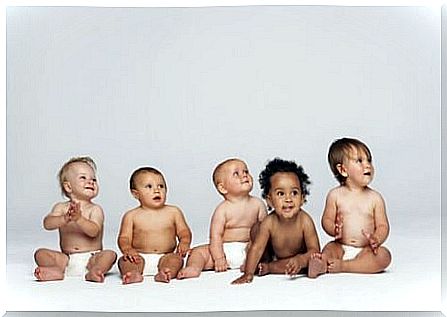
If you instead document everything at home, you are better prepared for your child’s examinations. You can ask specific questions about the evaluation of your baby’s motor skills and give the doctor valuable information.
Having knowledge of your baby’s motor skills will also give you peace of mind.
If you notice that something is not right, maybe you can solve it with specific exercises or massage. As I said, you will also be able to give the information to the pediatrician for advice.
In general, with a little practice, specific activities and games, you can correct certain problems on your own. Sometimes all that is needed is a little stimulus to solve it.
Here is a test you can use to evaluate your baby’s motor skills during the first six months of life:
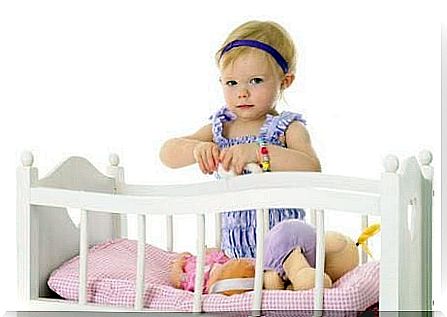
- When lying on its back, the arms and legs are often bent.
- It can make involuntary movements with legs and arms.
- It can turn its little head but does not have the strength to lift it.
- It can bend its arms and legs when lying on its back.
- When on the stomach, it can lift its head for a few moments. When it lifts it up, the head can still be moved to the sides or backwards.
- The hands are mostly closed. If you place an object or finger in your hand, it opens and closes again. This movement is called the pressure reflex.
- It can smile sometimes and is a little more interested in things and sounds in the environment. It can turn its head to try to find it.
- When the baby is awake, it continuously bends on its arms and legs.
- You will notice that the movements become more with each passing day.
- When lying on its stomach, it may try to raise its head for a while.
- If you hold it, it can remain seated in a slightly more stable position.
- It can support itself on the forearms when lying face down for a few moments. It can also hold its head up for several minutes at a time.
- It plays with its hands and looks at them continuously.
- When you hold it, the baby can rest its feet on a surface with bent knees.
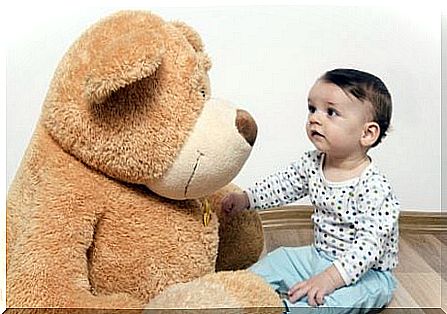
- It improves the movements from the previous month. It can lift its head for extended periods and even part of its upper body when lying down.
- The baby pushes if it comes close to a surface to support itself. It is beginning to make its first turns.
- When you lay the child on a flat surface, it can support its weight on the entire sole of the foot.
- The baby is much stronger and you can take its small hands and help it start walking.
- The baby can completely raise its body and stay there for a while when you put it on your stomach.
- Suddenly it can rotate and change position.
- It can make movements with its feet as if it were pedaling.
- It actively participates when you help it to sit up.
- When taking the baby in the armpits and arms, it can make an effort to stand up and put its feet on the nearest surface.
- The baby holds up with his hands.
- It actively searches for objects or toys.
- It plays with its feet.
- When you hold it in your armpits, it can stand or even make small jumps.
- It can sit on its own for a few moments.
If you observe a situation that is clearly outside these parameters, you can talk to your pediatrician for the sake of your own peace of mind without waiting for the next appointment.
